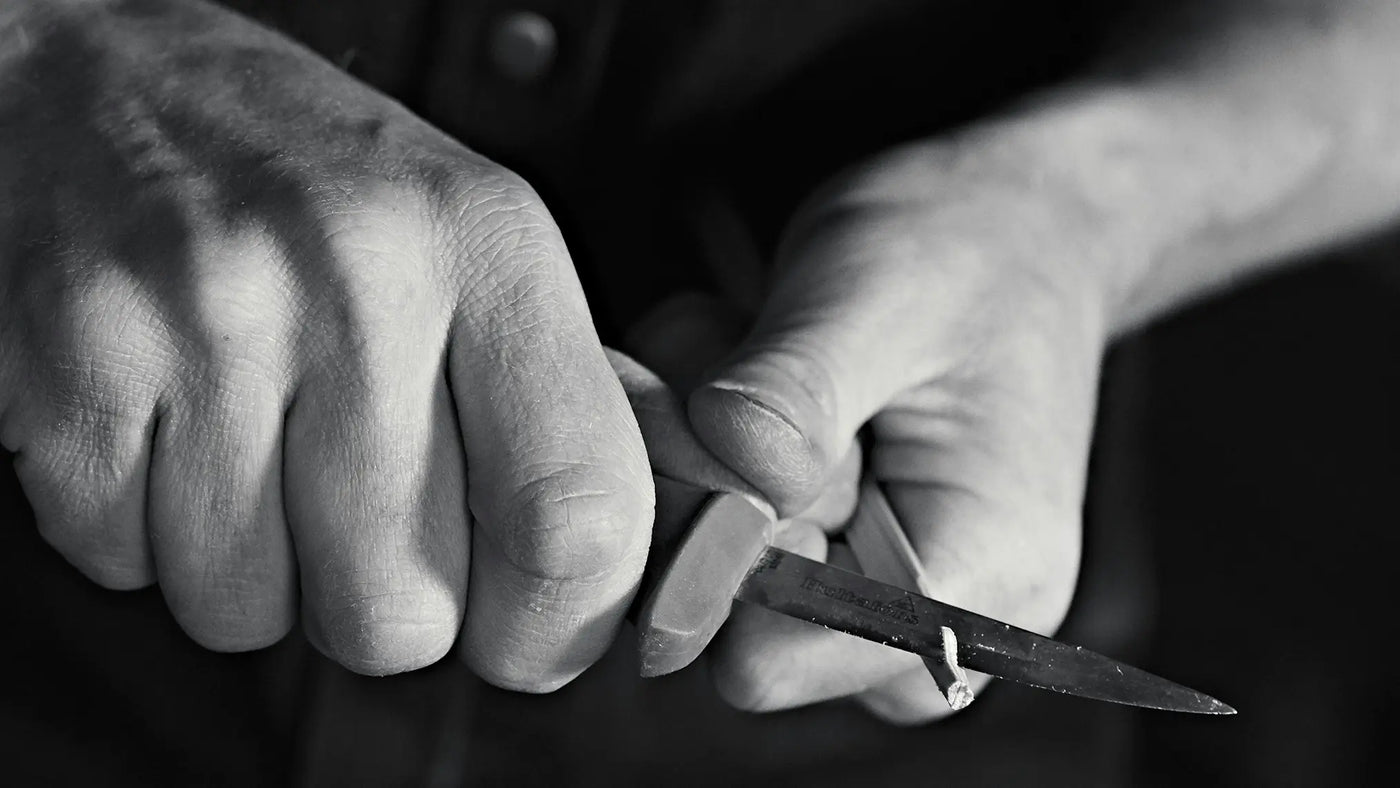Real craftsmanship comes from your hands
We know there are few things that beat the feeling of holding a perfectly smoothened piece of wood. Or when you put your final touch to a work piece, completing it. But we also know that there are several tools you can’t do without to be able to work your magic. We want to make sure they are as ergonomic to use as possible.
Working as a professional craftsman means performing a mix of static and dynamic work. For example, the cutting of a piece of wood with a saw is a dynamic task, while holding the saw is static. That’s why it’s important that hand tools are designed to be steady and comfortable to hold, using a minimum of muscle strength. But that’s not enough.
Designed for as many situations as possible
The grip of the tool needs to be varied to minimise the pressure of the hands and craftsmen don’t use their tools in only one way. The tools are held with “the wrong hand”, upside down and backwards. To still be able to achieve an ergonomic usage, the tools must be designed to be flexible, safe and comfortable to use in as many situations as possible.
There are no good vibrations when talking about tools
We know that injuries due to vibrations are one of the most common reasons for sick-leave within the building and construction industry*. When we develop new tools, we strive for them to cause as low vibrations in the hand as possible. This applies for several of our product groups, for example hammers, saws and sledges.
Different tools, different ergonomic demands
Not all tools used causes vibrations, but they should still be ergonomic to use. A pencil and a sledge have different ergonomic challenges. A pencil should be comfortable to hold in your hand, enabling precise marking, while a really good sledge should have a vibration damping striking surface to reduce recoil.
No matter the tool, finding the most comfortable and ergonomic design is always on top of our minds. That way, you can put all your focus on what you do best – creating memories with your hands.


![[SKU][390603][0]](http://hultafors.com/cdn/shop/files/390603.jpg?v=1766414533&width=460)


![[SKU][522203][0]](http://hultafors.com/cdn/shop/files/522203.jpg?v=1765286904&width=460)


